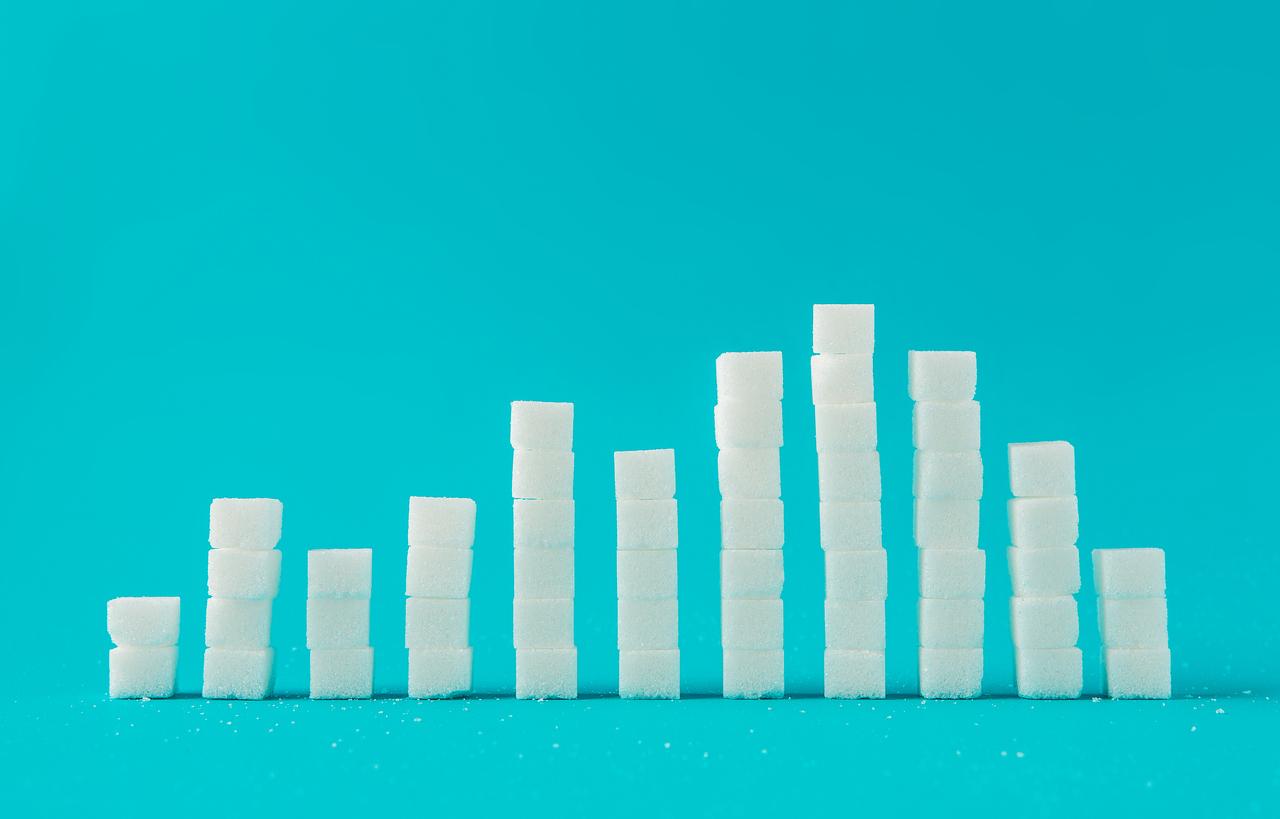A little push of the helm, then the urge to nibble on a little something… Everyone knows that feeling. A correctly selected snack can then come to satisfy the hunger felt in a healthy way. But it is clear that, very often, the foods that are the subject of snacking are too salty, too sweet, and/or too fatty.
Moreover, this desire is sometimes linked to an emotional factor, such as stress, sadness or boredom, rather than to a real need for sustenance. Unfortunately, recurrent snacking on processed products, or fatty, sweet or salty foods, can ultimately have health consequences.
The risks of snacking
Sweet and fatty products often return to the list of the most popular foods for snacking. Unfortunately, their caloric index is usually very high. If consumed on a regular basis, they unbalance the diet and promote weight gain.
Sweet products contain fructose, which causes fat deposits, especially in the liver. They also promote the development of cavities, as well as diabetes.
Finally, snacking can become a source of anxiety for the person who consumes it regularly, and who ends up feeling guilty for eating between meals.
How to limit the urge to snack
In order not to experience a feeling of hunger shortly after having already eaten, it is important to constitute balanced and satisfying meals. It is recommended, in this regard, to compose your plate with half of vegetables (rich in minerals, vitamins and fibers), a quarter of proteins and a quarter of starchy foods. The latter are to be consumed preferably complete, because they satiate and ensure a long satiety.
To avoid temptation, it is also better to avoid buying products that are excessive in sugar, salt and fat.
Snacking on processed products that are too fatty, too salty and too sweet is to be avoided. Nevertheless, there are alternatives that are both gourmet and healthy, if the urge to eat a little snack arises.
Sources:
Read also:
- Top most satiating foods
- 7 “healthy” snack recipes
- Proteins: how do you know if you are consuming enough (or too much)?
























